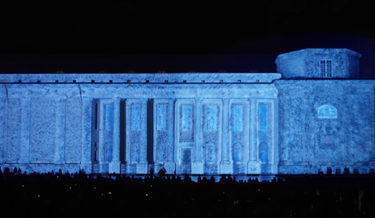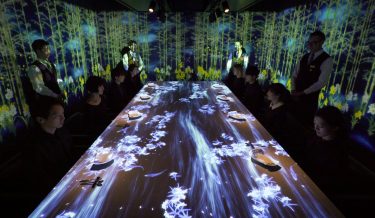Related post
3D mapping projection “Sofia’s Starmap”
Aug 03, 2017
|
Comments Off on 3D mapping projection “Sofia’s Starmap”
1650
Worlds Unleashed and then Connecting – SAGAYA
Jun 24, 2017
|
Comments Off on Worlds Unleashed and then Connecting – SAGAYA
2051
World’s First Permanent Projection Mapping Show on Cinema Façade
Jun 22, 2017
|
Comments Off on World’s First Permanent Projection Mapping Show on Cinema Façade
1711








